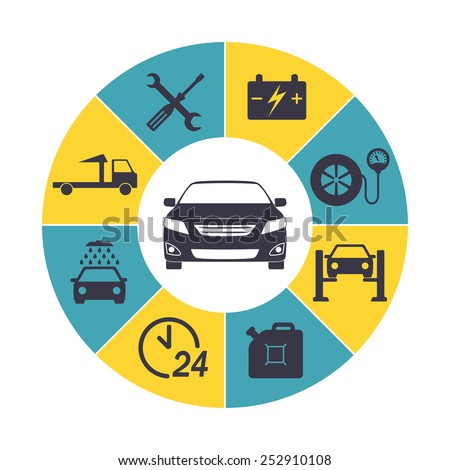A Comprehensive Overview To Brake Equipments: Identifying Common Issues And Their Solutions
A Comprehensive Overview To Brake Equipments: Identifying Common Issues And Their Solutions
Blog Article
Web Content By-Jansen Dean
When it pertains to your car's brake system, recognizing typical problems can save you from potential safety and security threats. From identifying brake pad wear to attending to brake fluid leakages, knowing how to tackle these troubles is important. But what concerning those mushy brake pedals? There's a repair for that also. Stay tuned to get more information concerning these problems and the useful services that can keep you securely when driving.
Brake Pad Put On and Replacement
When it comes to preserving your car's brake system, one essential element to keep an eye on is the wear and replacement of brake pads. Brake pads are important elements that press against the brake blades to slow down or quit your automobile. Over time, these pads wear down because of friction, needing normal evaluation and replacement to ensure your brakes operate properly.
To determine if your brake pads require replacement, listen for screeching or grinding sounds when you use the brakes. Additionally, if your car takes longer to quit or you see resonances or pulsations when stopping, it may be time to change the brake pads.
Ignoring used brake pads can result in lowered stopping efficiency, damage to various other brake components, or perhaps brake failure.
Changing brake pads is a relatively straightforward process for many vehicles. However, if you're unsure or uncomfortable performing this job, it's ideal to get in touch with a specialist mechanic to make certain correct installation and optimum brake performance.
On a regular basis examining and replacing brake pads is essential for your safety and security and the durability of your automobile's stopping system.
Brake Fluid Leaks and Maintenance
To guarantee your car's brake system works optimally, it's important to likewise take notice of brake liquid leaks and upkeep. Brake liquid is vital for sending the force from your foot on the brake pedal to the real braking mechanism. One usual issue with brake liquid is leaks, which can take place due to tatty brake lines, seals, or connections. If you observe a puddle or drips under your auto, it's essential to deal with the leakage promptly to prevent a possible brake failure.
Consistently inspecting your brake fluid degree is crucial to keeping your brake system. Reduced brake liquid can cause air getting in the brake lines, which jeopardizes braking performance.
In addition, old or polluted brake liquid can influence the total performance of your brakes. It's suggested to adhere to the supplier's guidelines on when to transform the brake liquid, normally every 2 years.
Spongy Brake Pedal: Bleeding Brakes
If you have actually ever experienced a mushy brake pedal while driving, you recognize the significance of maintaining a company and responsive braking system. One common source of a spongy brake pedal is air trapped in the brake lines. When air goes into the brake system, it can result in a loss of hydraulic pressure, resulting in that upsetting squishy feeling when you press the brake pedal.
To resolve this issue, hemorrhaging the brakes is needed. Hemorrhaging the brakes entails eliminating the air from the brake lines to recover correct hydraulic stress.
To bleed the brakes, you'll need a helper to assist you. Beginning by finding the brake bleeder shutoff on each wheel, normally found near the brake caliper. With a wrench, loosen up the valve and have your helper press the brake pedal while you observe any kind of air bubbles coming out. Repeat https://www.aarp.org/auto/car-maintenance-safety/info-2021/car-accident-inspection-tips.html for each wheel, beginning with the wheel farthest from the master cylinder and moving better.
As soon as you no longer see air bubbles and only clear liquid emerges, tighten the shutoff and top up the brake liquid storage tank as needed. Hemorrhaging the brakes aids make sure a firm brake pedal and enhances total braking performance.
Conclusion
Since you recognize usual brake issues and exactly how to fix them, you can ensure your car's safety and security and performance. Remember to listen for warning signs like screeching sounds or spongy brake pedals, and address them promptly. Routine upkeep and prompt replacements are crucial to maintaining your brakes in leading condition. Stay aggressive and mindful to your brake system to appreciate risk-free and reputable driving experiences.
